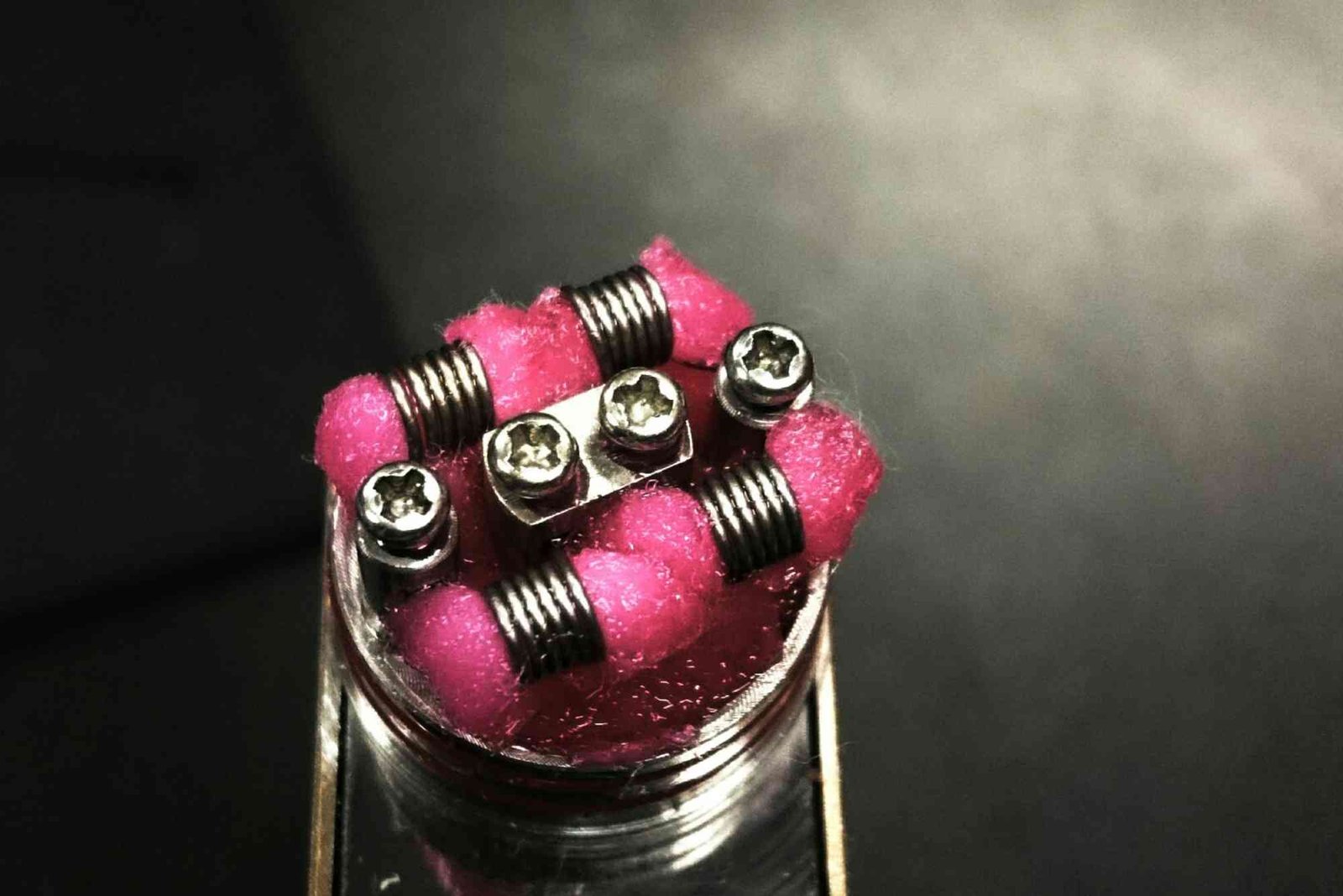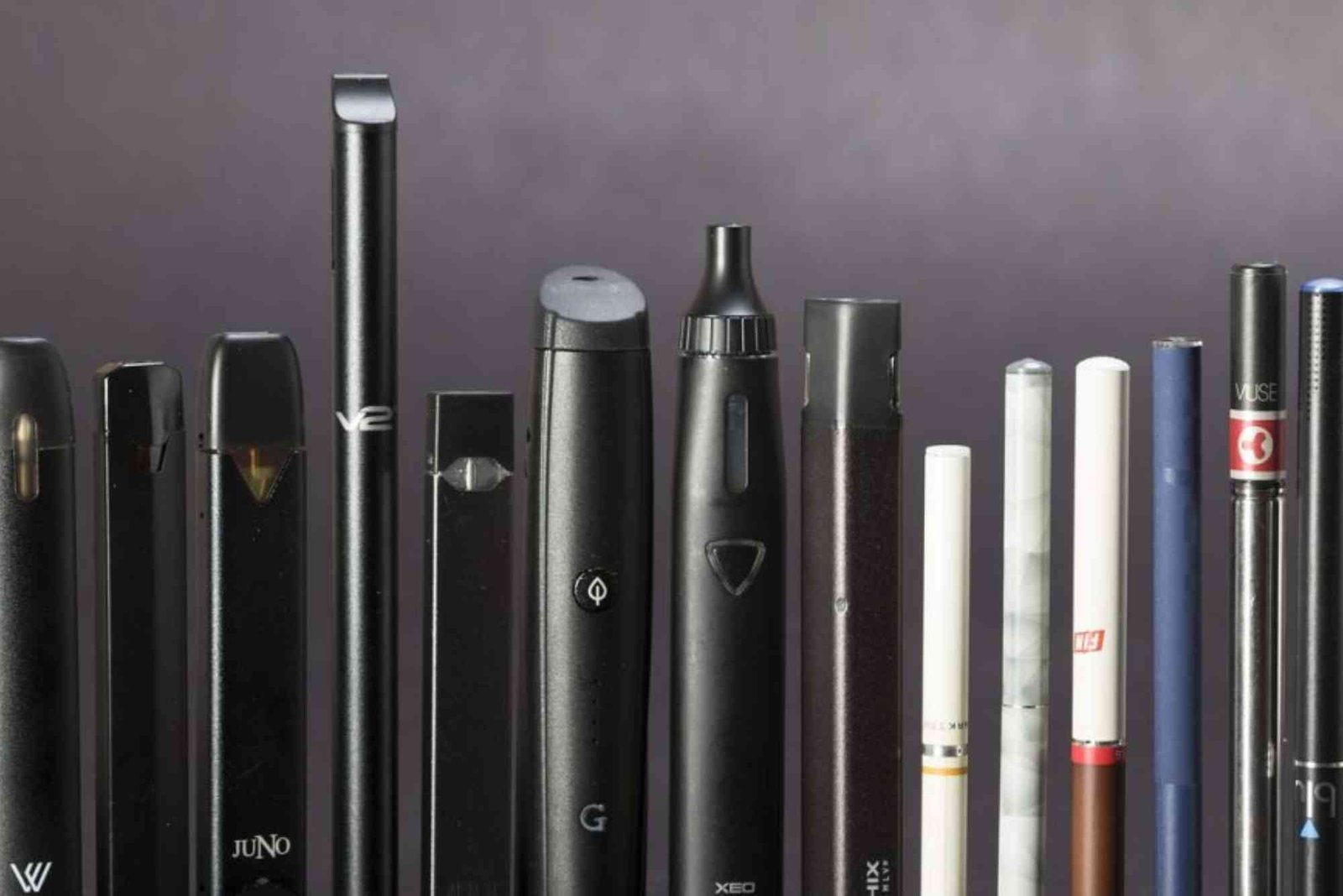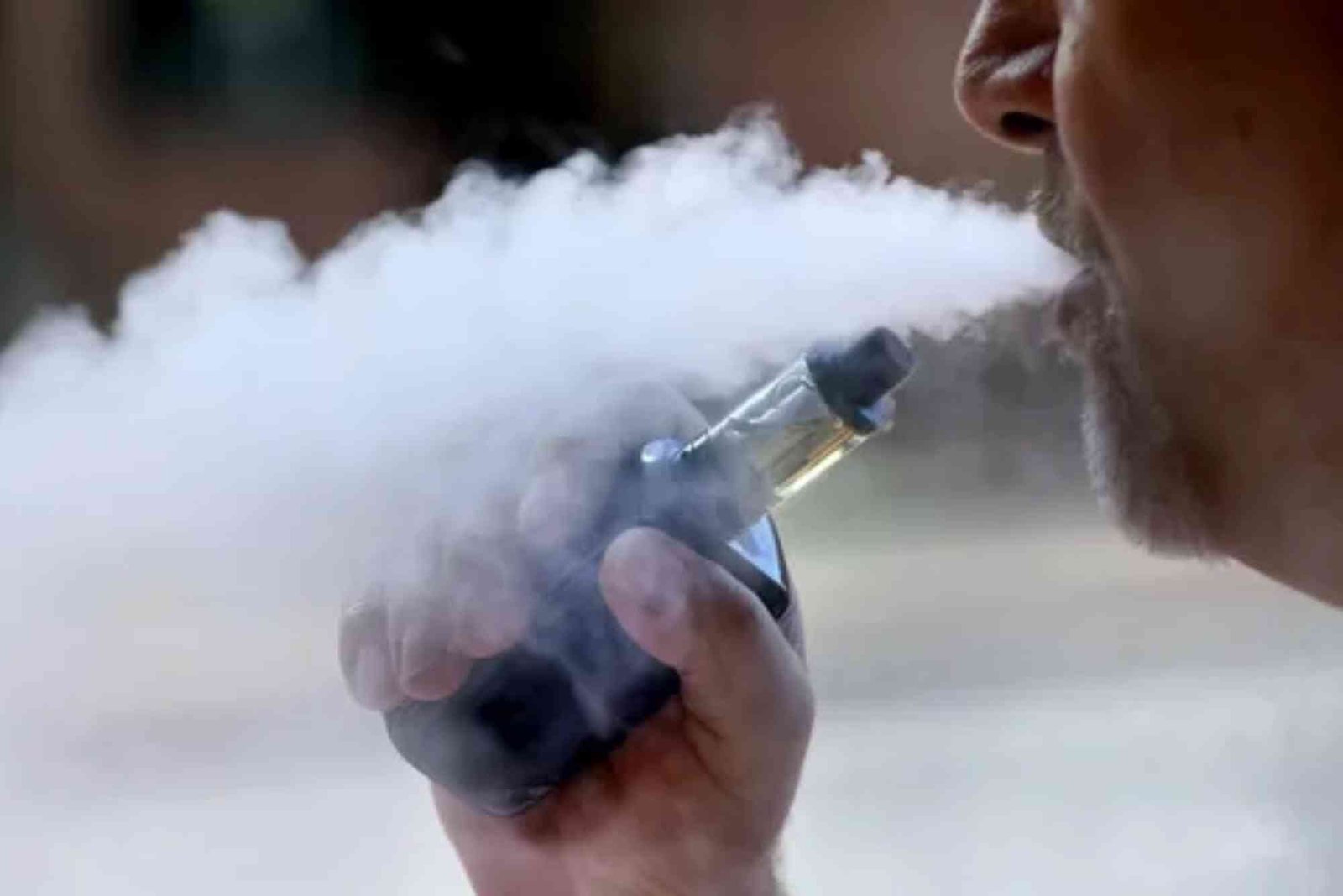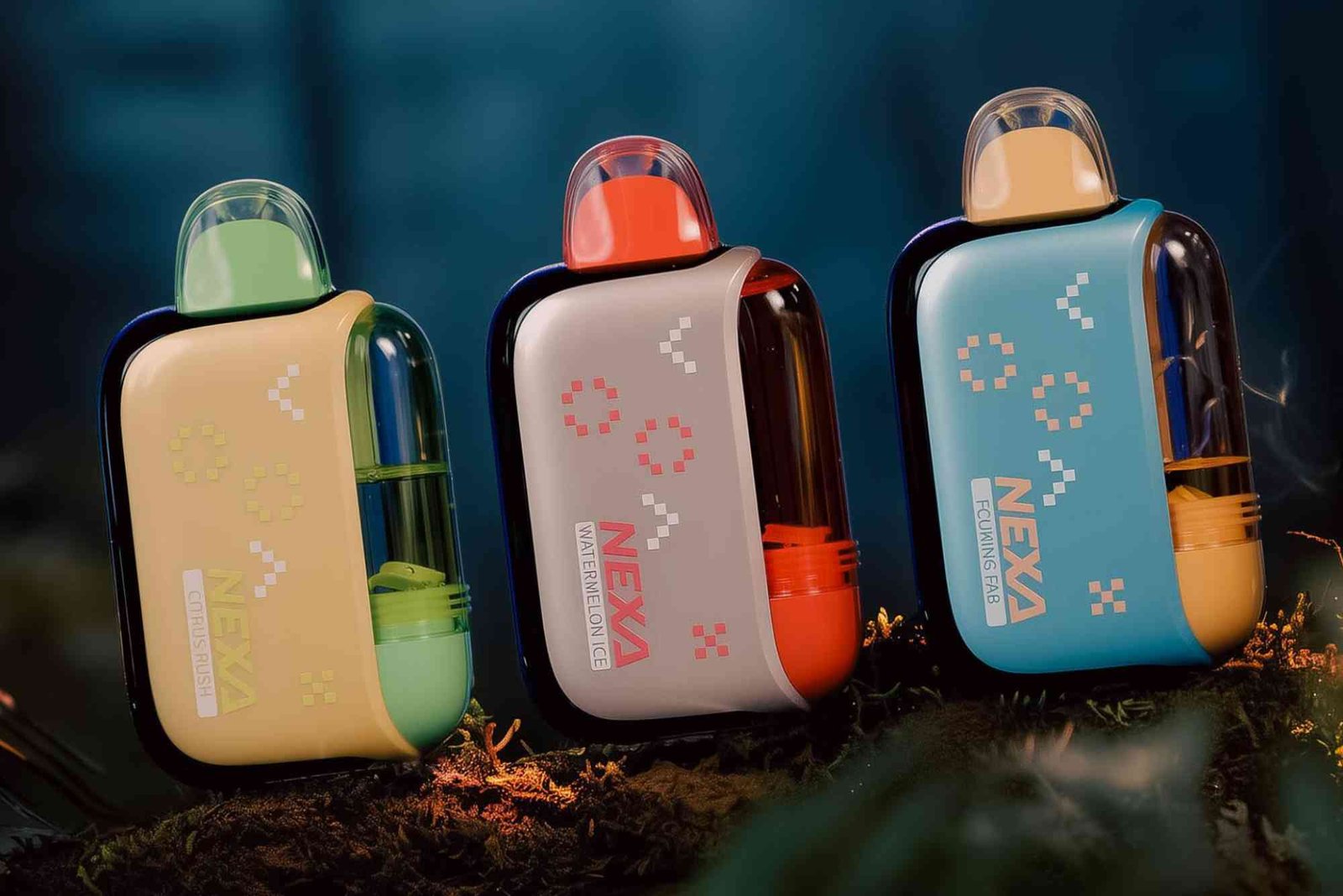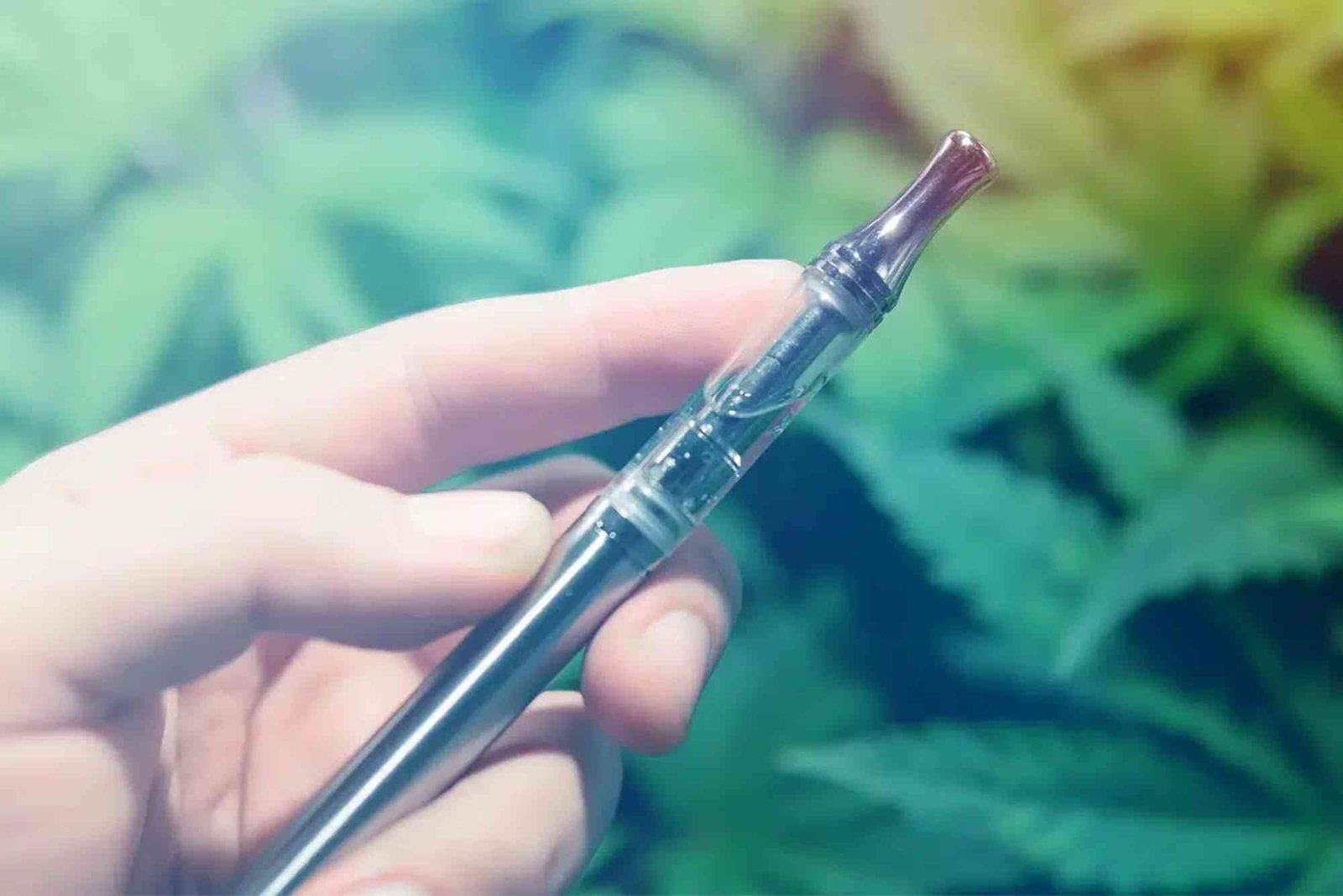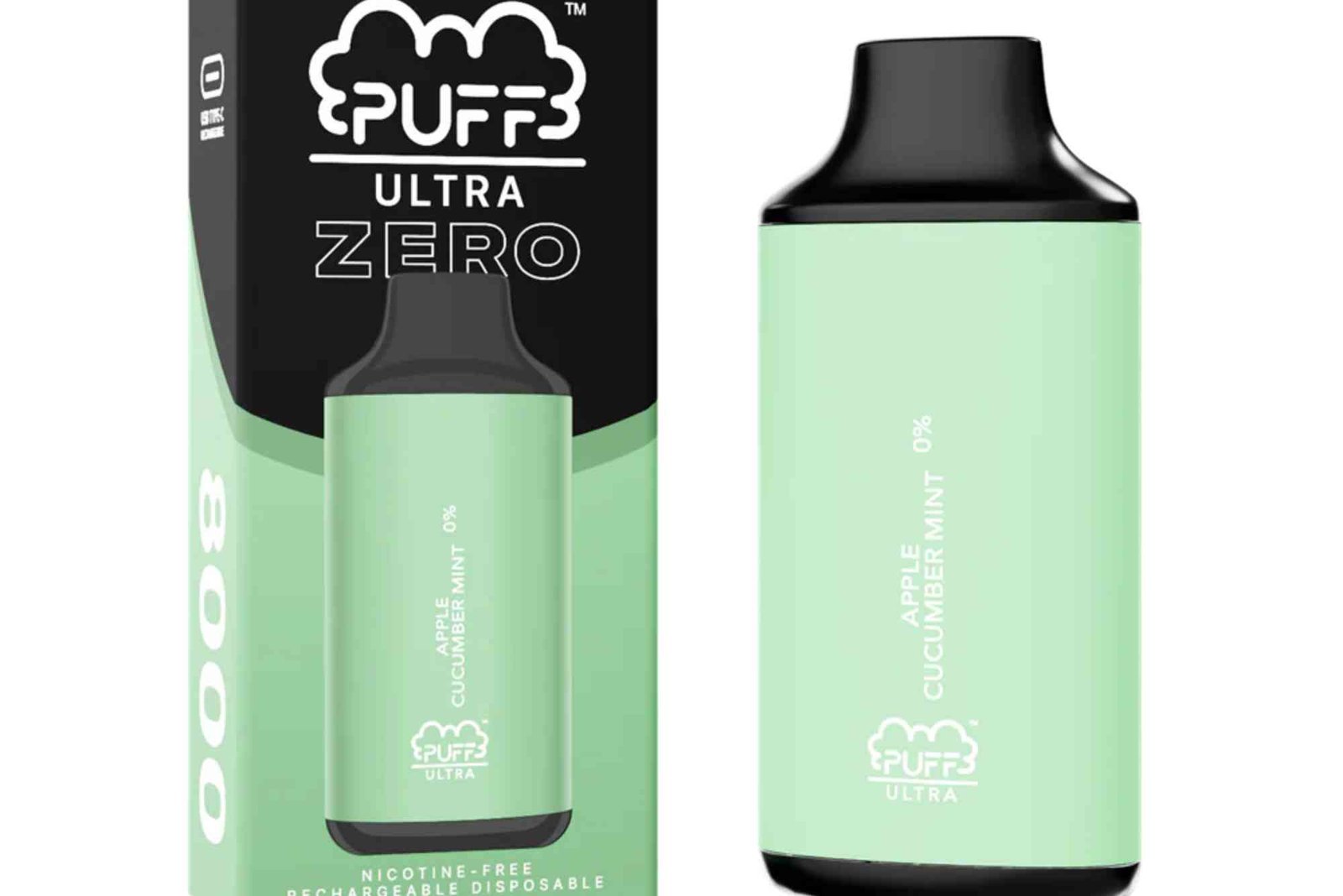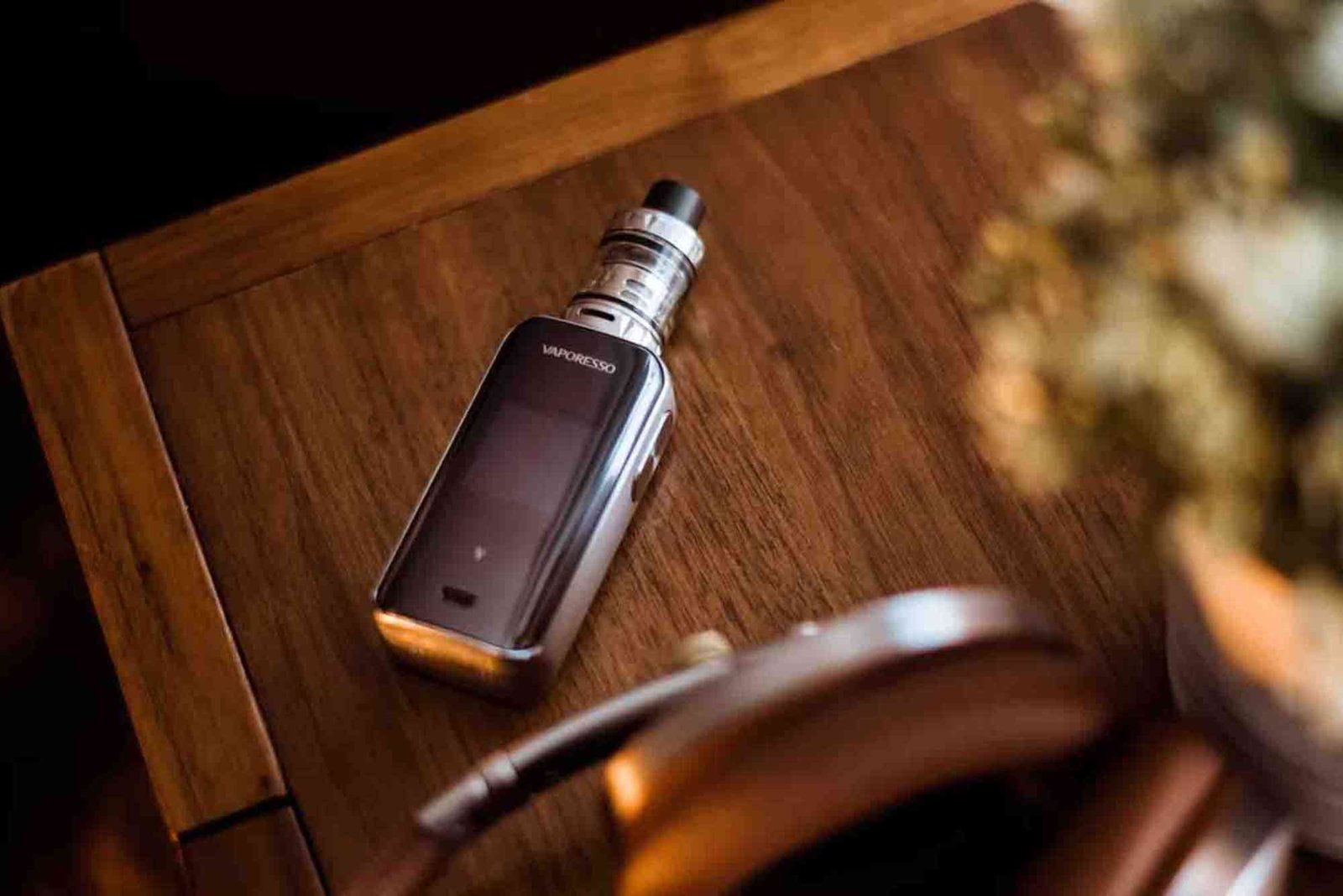Exploring the Different Types of Vape Coils
Vaping has evolved significantly over the years, introducing a variety of components that allow for a more customized experience. One of the most critical parts of a vape device is the coil. The vape coil is the heart of the atomizer. It’s the component that heats up and vaporizes the e-liquid, producing both flavor and vapor. Understanding the different vape coil types is essential for getting the most out of your vape. Whether you’re chasing big clouds, intense flavor, or a smooth throat hit, your coil plays a key role.
In this comprehensive guide, we’ll explore the major types of vape coils, what they’re made of, how they perform, and how to choose the right one for your needs. We’ll also answer common user questions to help you make an informed decision, even if you’re new to vaping.
Why Vape Coil Types Matter
Choosing the right vape coil type isn’t just about performance; it’s about safety, satisfaction, and longevity. Each coil type offers a unique vaping experience in terms of resistance, heating speed, lifespan, and compatibility with specific e-liquids. If you’ve ever been confused about terms like Kanthal, stainless steel, or mesh, this guide will clear up the fog and help you vape smarter.
Common Materials Used in Vape Coils
Before diving into the shapes and configurations of vape coils, it’s essential to understand the different materials they’re made from. These materials determine how the coil heats, what temperature it can handle, and what modes (like wattage or temperature control) it supports.
Kanthal
Kanthal is one of the most popular materials for vape coils. Made from iron, chromium, and aluminum, Kanthal is durable, affordable, and easy to work with. It heats quickly and is widely used in wattage mode but not suitable for temperature control.
Stainless Steel
Stainless steel coils offer the best of both worlds. They can be used in both wattage and temperature control modes. They heat up fast, cool down quickly, and tend to have a clean taste profile. SS316L is the most common variant used in vape coils.
Nickel (Ni200)
Nickel coils are almost exclusively used in temperature control mode. They heat up rapidly and are very responsive. However, they are soft and can be tricky to build with, which makes them more suitable for experienced vapers.
Titanium
Titanium coils are another option for temperature control vaping. While they produce excellent flavor, they can be hazardous if overheated due to the potential release of harmful compounds. Always use them in TC mode with proper settings.
Nichrome (Ni80)
Nichrome heats faster than Kanthal and is often used in sub-ohm vaping. It offers a smooth flavor and is easier to shape into complex coil builds. However, it’s not suitable for those with nickel allergies and is typically used in wattage mode only.
Shapes and Designs of Vape Coils
Apart from materials, vape coils come in various designs and structures, each offering different performance benefits. Choosing the right shape depends on what kind of vaping experience you’re aiming for.
Round Wire Coils
These are the most basic and common coils. Made by wrapping wire around a rod, they are easy to build and offer consistent performance. Round wire coils are great for beginners and those who prefer mouth-to-lung (MTL) vaping.
Clapton Coils
Clapton coils are essentially a thinner wire wrapped around a thicker wire. They have more surface area, which allows them to produce more vapor and better flavor. They do take longer to ramp up but are favored by cloud chasers.
Fused Clapton Coils
An upgrade from the standard Clapton, fused Clapton coils have multiple core wires, increasing surface area even further. They offer richer flavor and are popular among experienced vapers looking for enhanced performance.
Mesh Coils
Mesh coils are flat strips of metal with holes throughout, offering much larger surface contact with the e-liquid. This design provides faster heating, better flavor, and longer coil life. Mesh coils have become a go-to choice for both new and seasoned vapers.
Ceramic Coils
Ceramic coils feature a ceramic layer surrounding the heating element. They are known for their durability and clean flavor. While they take a bit longer to heat, they resist burning and last longer than traditional wire coils.
Notch Coils
Notch coils are laser-cut stainless steel cylinders with notches. They heat evenly and are often used in temperature control mode. Though not very common, they offer a consistent vape with minimal ramp-up time.
Resistance and Its Role in Coil Performance
Coil resistance, measured in ohms (Ω), affects the power needed and the type of vaping experience. There are two main categories:
Sub-Ohm Coils (<1.0Ω)
These coils produce large clouds and intense flavor. They require higher wattage and are typically used in direct-to-lung (DTL) vaping. Ideal for those who prefer airy draws and high VG e-liquids.
Above-Ohm Coils (>1.0Ω)
Designed for lower wattage and mouth-to-lung (MTL) vaping, these coils use less power and are perfect for nicotine salts or high-PG e-liquids. They mimic the sensation of smoking and are great for transitioning smokers.
Choosing the Right Vape Coil Type for You
The right coil depends on your vaping goals. If you value convenience and flavor, mesh coils might be the best option. If you love building your own setups and experimenting, Clapton or fused Clapton coils offer more customization. For those who need temperature control, stainless steel or nickel coils will be your go-to choice.
You also need to consider your device’s compatibility. Not every mod supports temperature control, and not every tank is built for mesh coils. Read your device manual or consult with your vape shop for advice on pairing coil types.
Coil Lifespan and Maintenance Tips
No matter the coil type, proper maintenance can extend its life. Burnt hits often occur when coils are used beyond their lifespan or are not primed correctly. To make the most out of your coil:
- Always prime your coil by saturating it with e-liquid before use
- Avoid chain vaping to give the coil time to wick
- Use the recommended wattage range for your coil
- Replace your coil if you notice burnt taste, reduced vapor, or gurgling
By following these steps, you’ll get more life out of your coil and a consistently satisfying vape.
FAQs
What is the difference between mesh and regular vape coils?
Mesh coils offer more surface area compared to regular wire coils, resulting in faster heating, more vapor, and better flavor. They also tend to last longer and produce a smoother draw.
Which vape coil type gives the best flavor?
Fused Clapton and mesh coils are generally considered the best for flavor. Their larger surface area allows for better vaporization of e-liquid, enhancing taste.
Can I use any coil with my vape device?
No. Coils must be compatible with your tank and mod. Always check the recommended coil range and material compatibility, especially for temperature control modes.
How often should I change my vape coil?
Most coils last between 1 to 2 weeks, depending on usage, e-liquid type, and maintenance. You should change the coil when you notice a burnt taste or decrease in vapor production.
Are ceramic coils better than mesh coils?
Ceramic coils are more durable and provide a cleaner taste over time. However, mesh coils typically offer quicker ramp-up time and better vapor production. The choice depends on your vaping preference.
Understanding vape coil types is crucial to tailoring your vaping experience. From material and resistance to shape and design, every aspect of a coil influences how your vape performs. Whether you’re a flavor enthusiast, cloud chaser, or a casual vaper, there’s a coil designed to meet your needs.
Take the time to experiment with different coil types and observe how each one impacts your vaping style. Choosing the right coil not only improves your satisfaction but also extends the life of your device and enhances safety.

